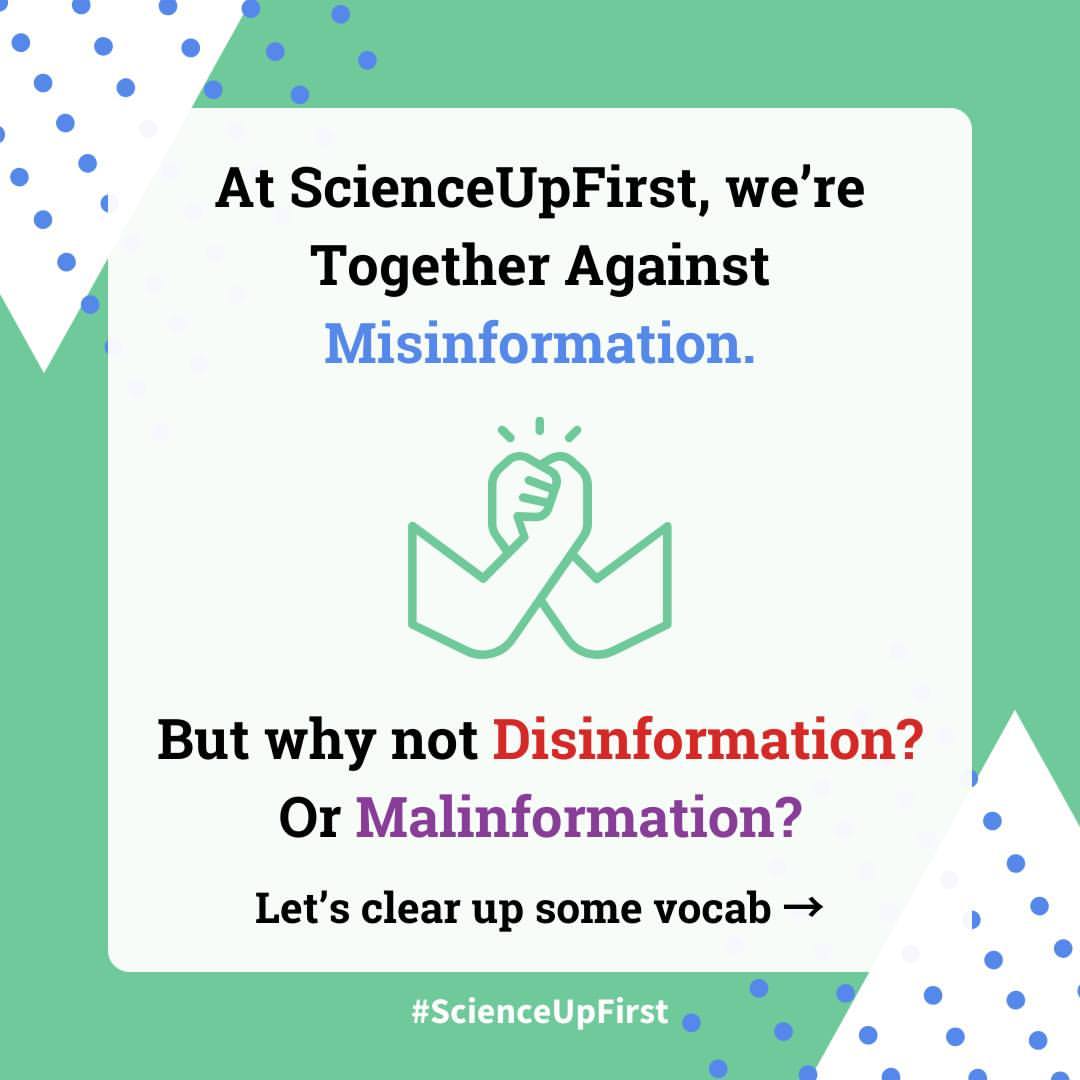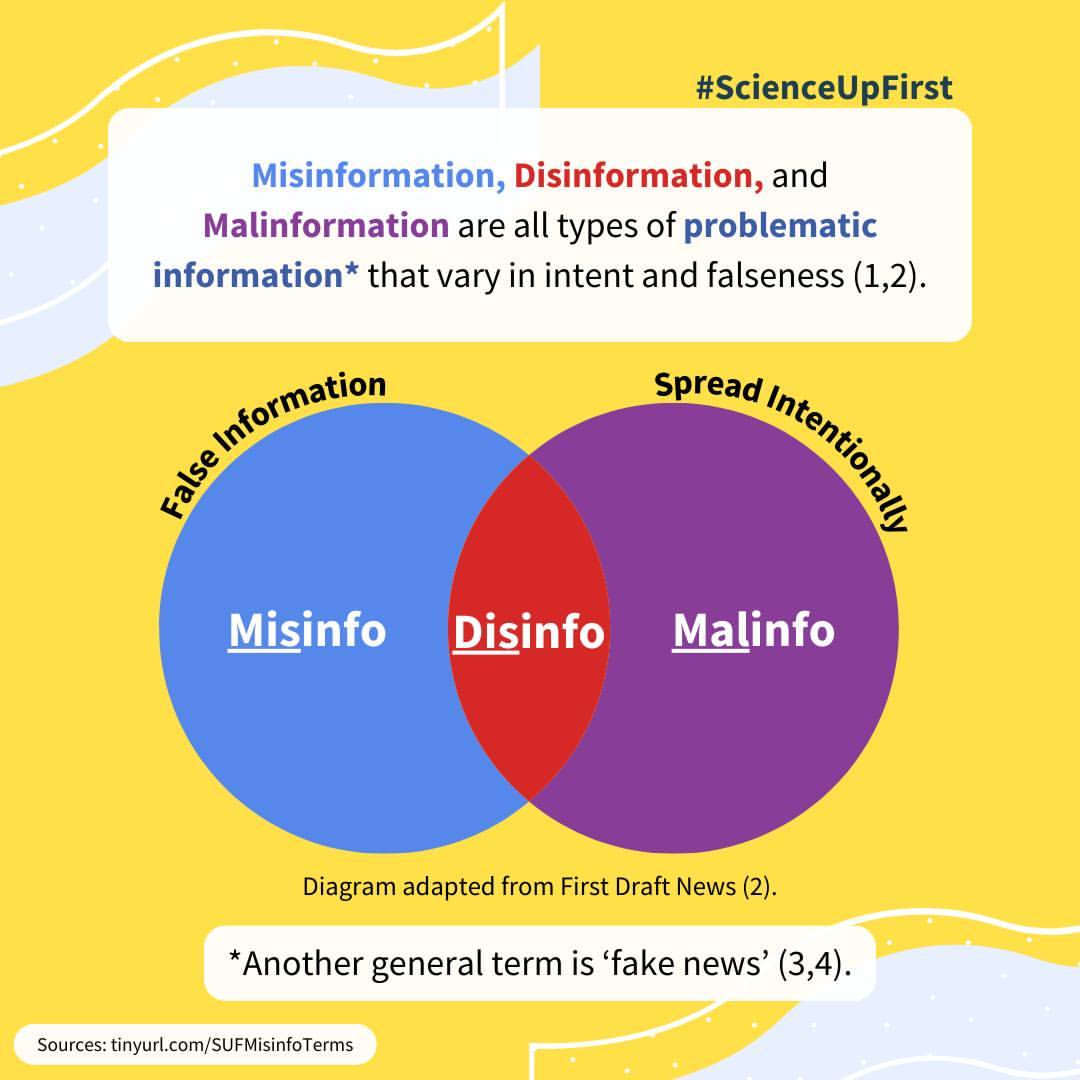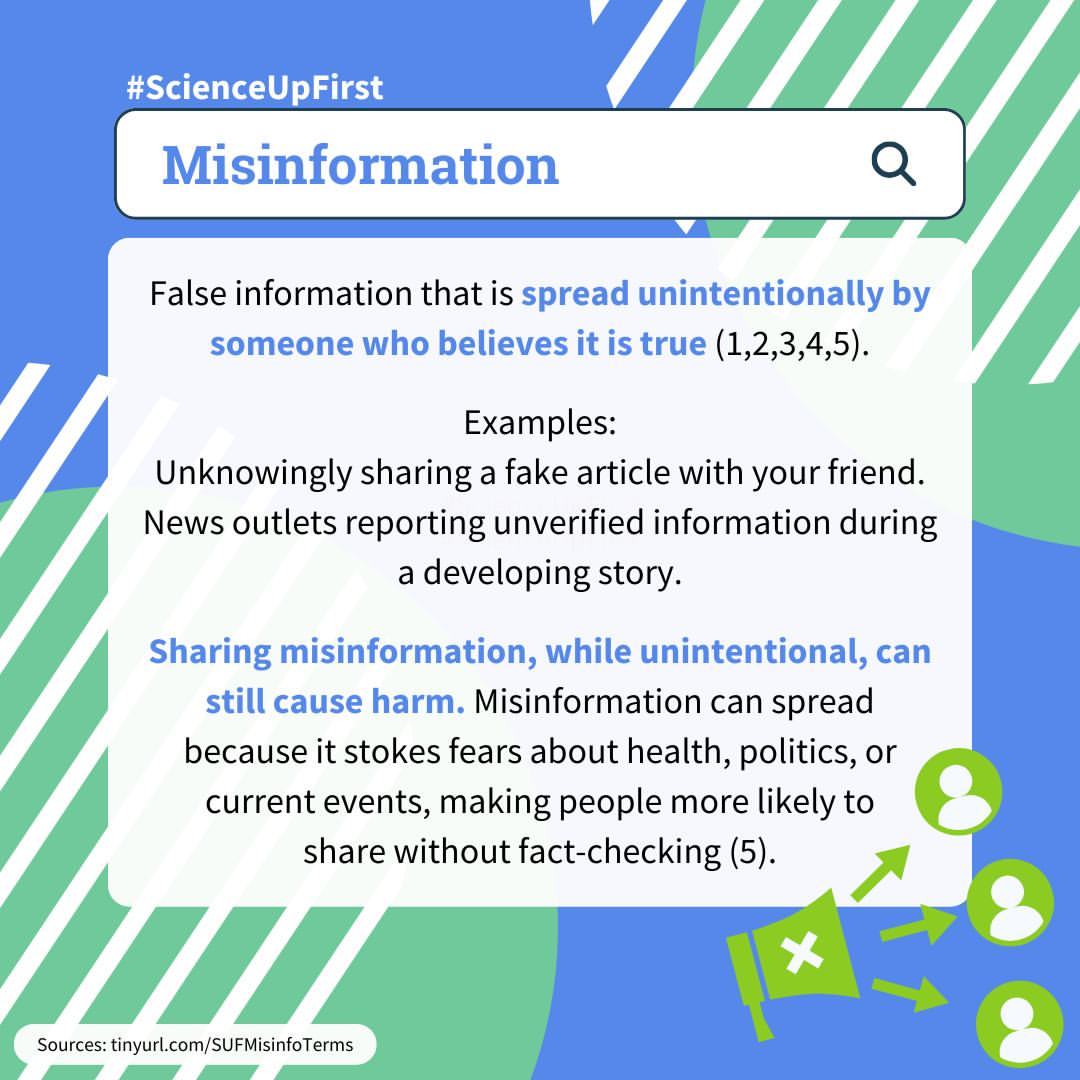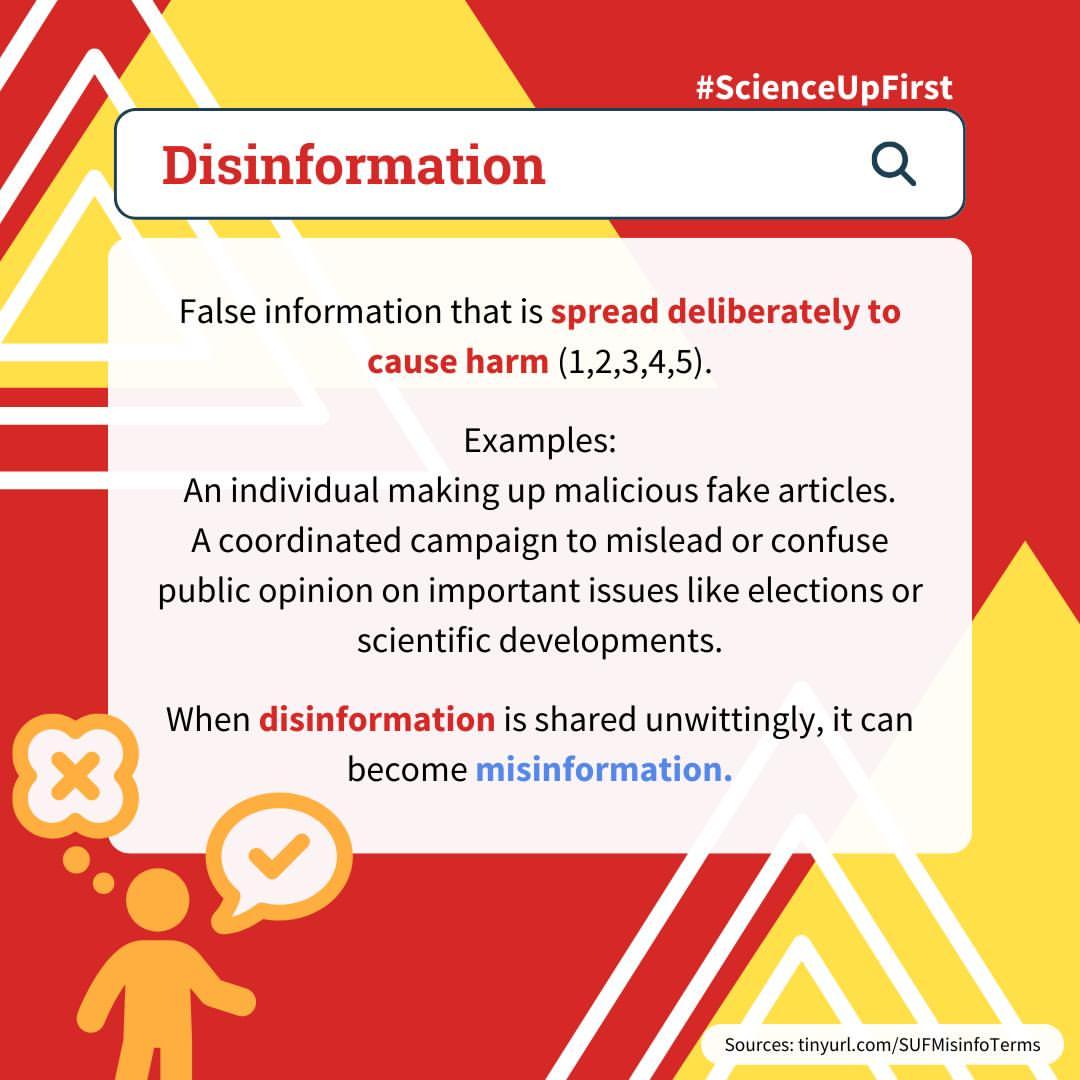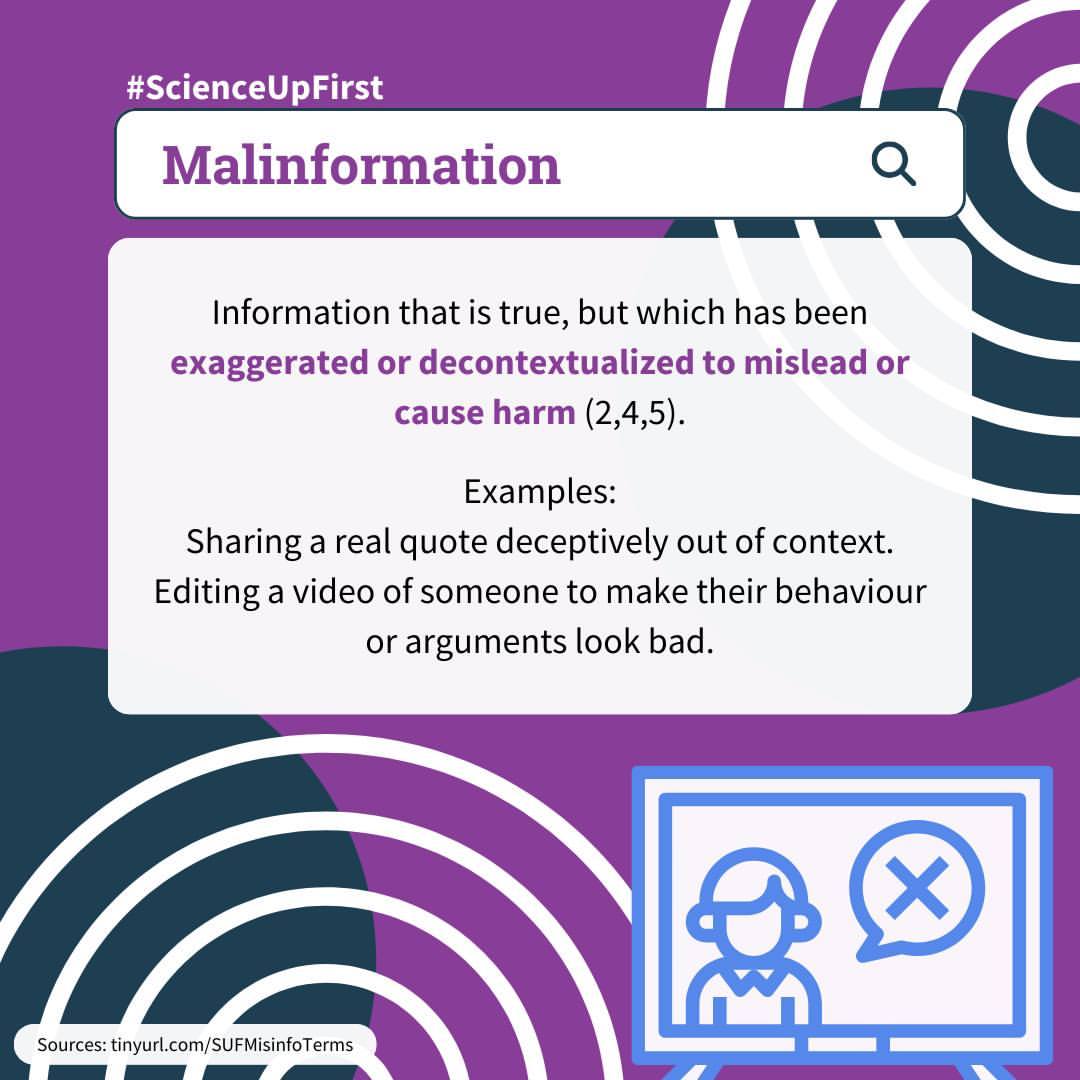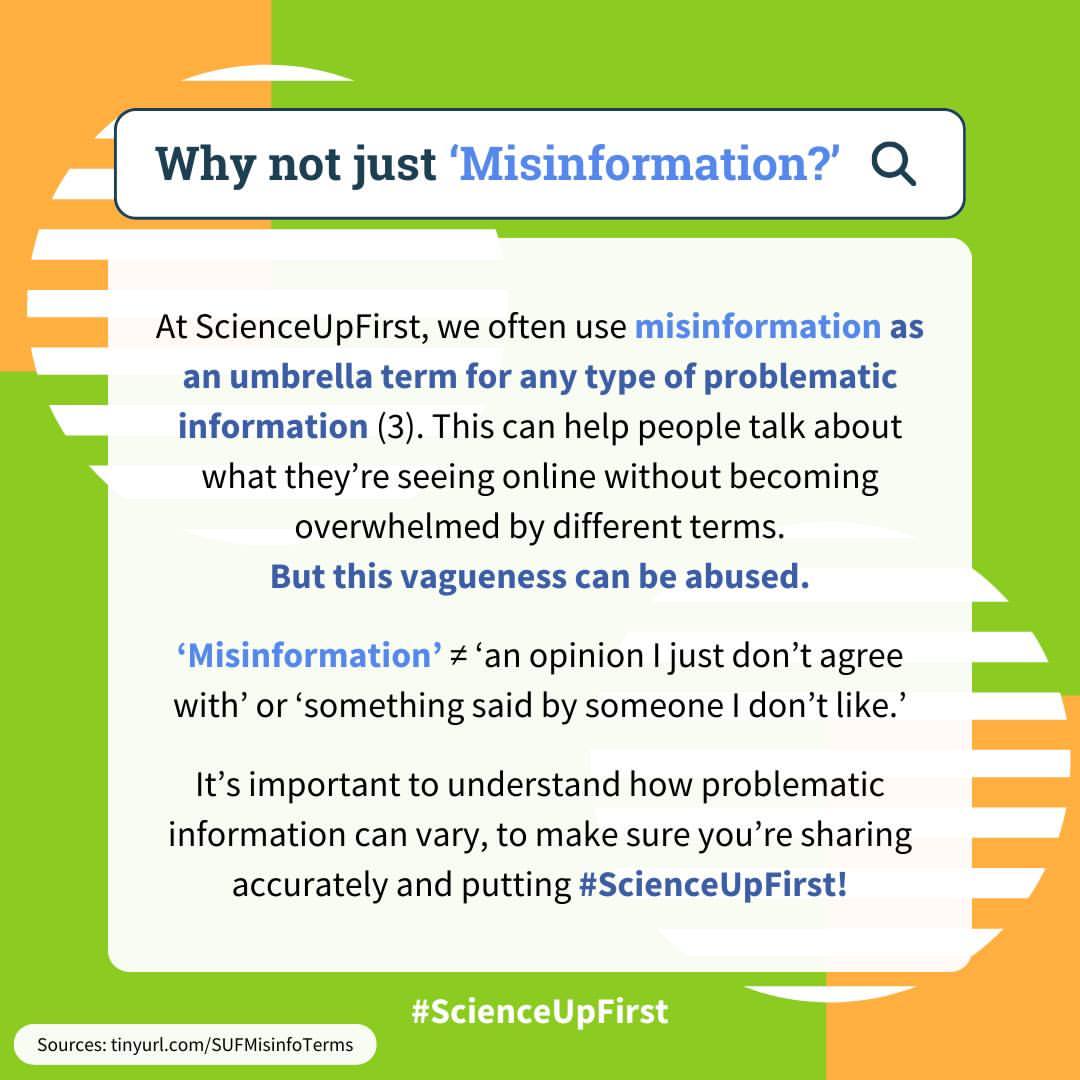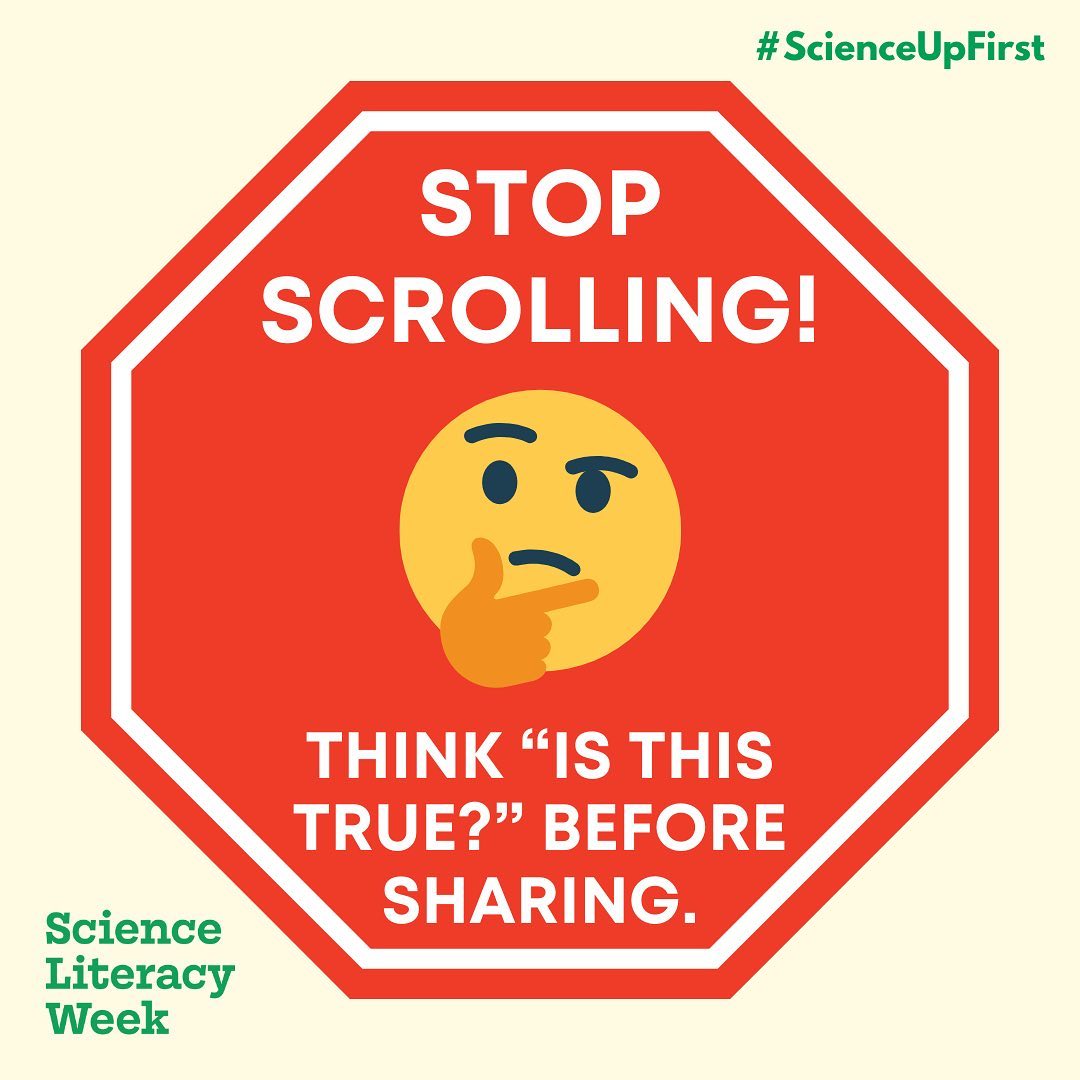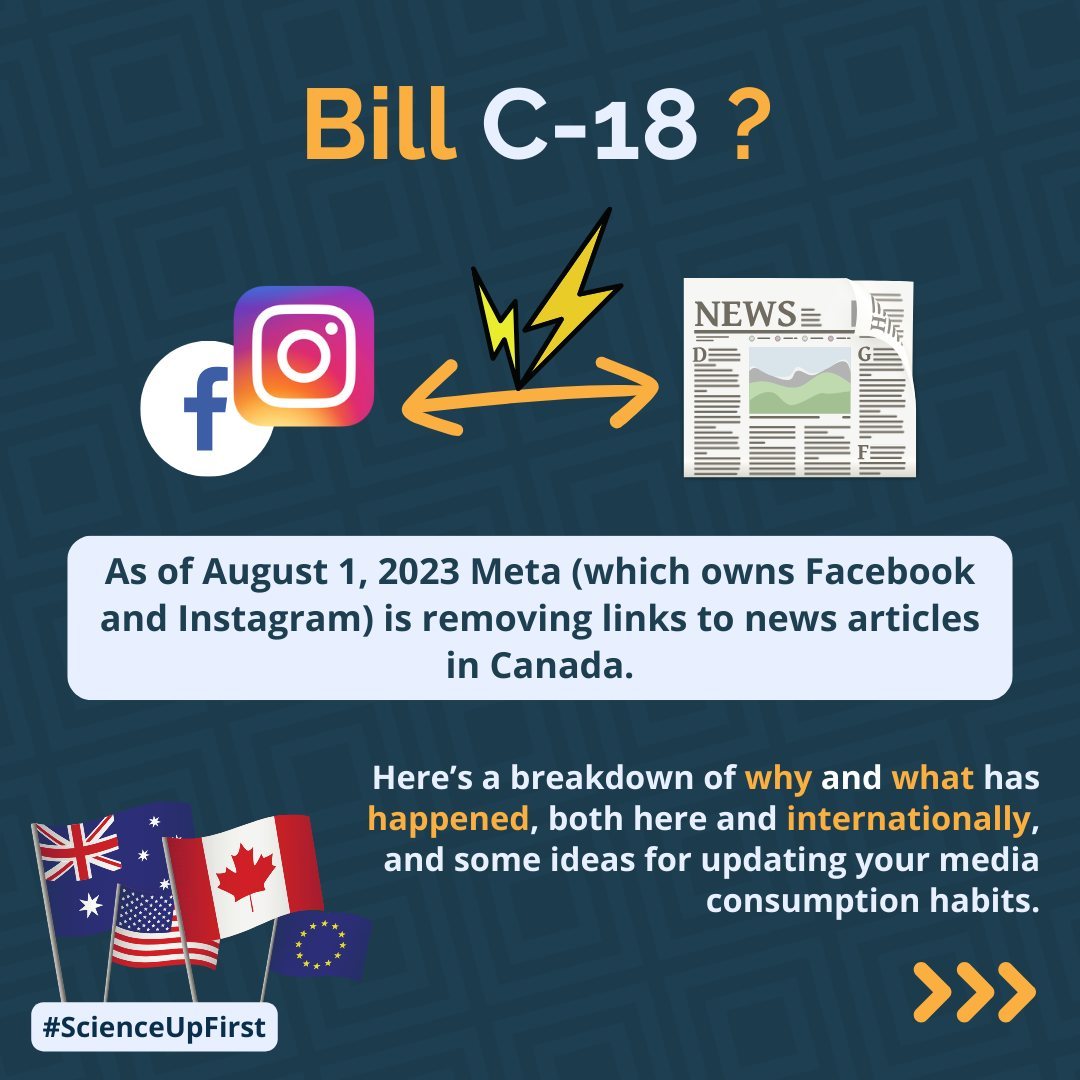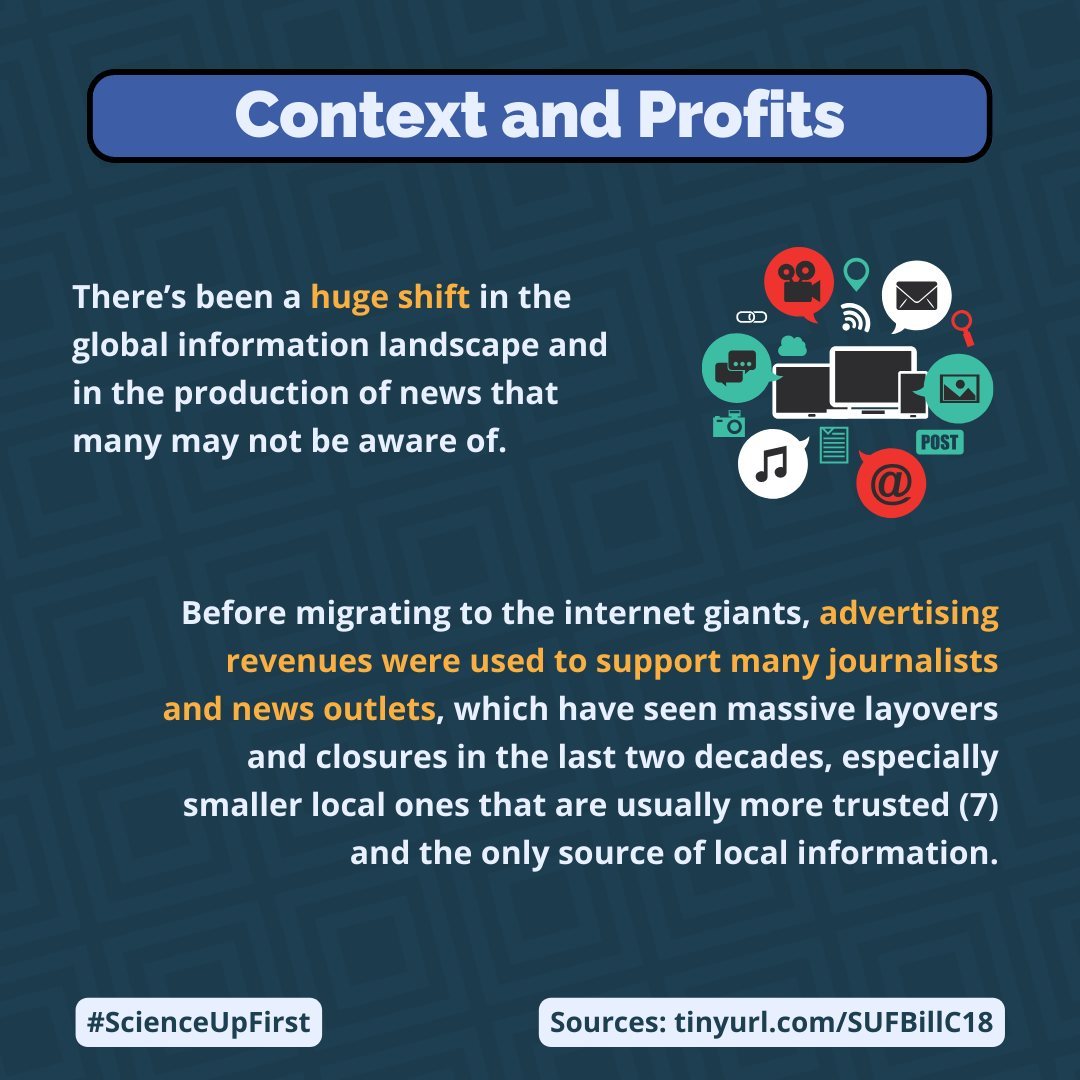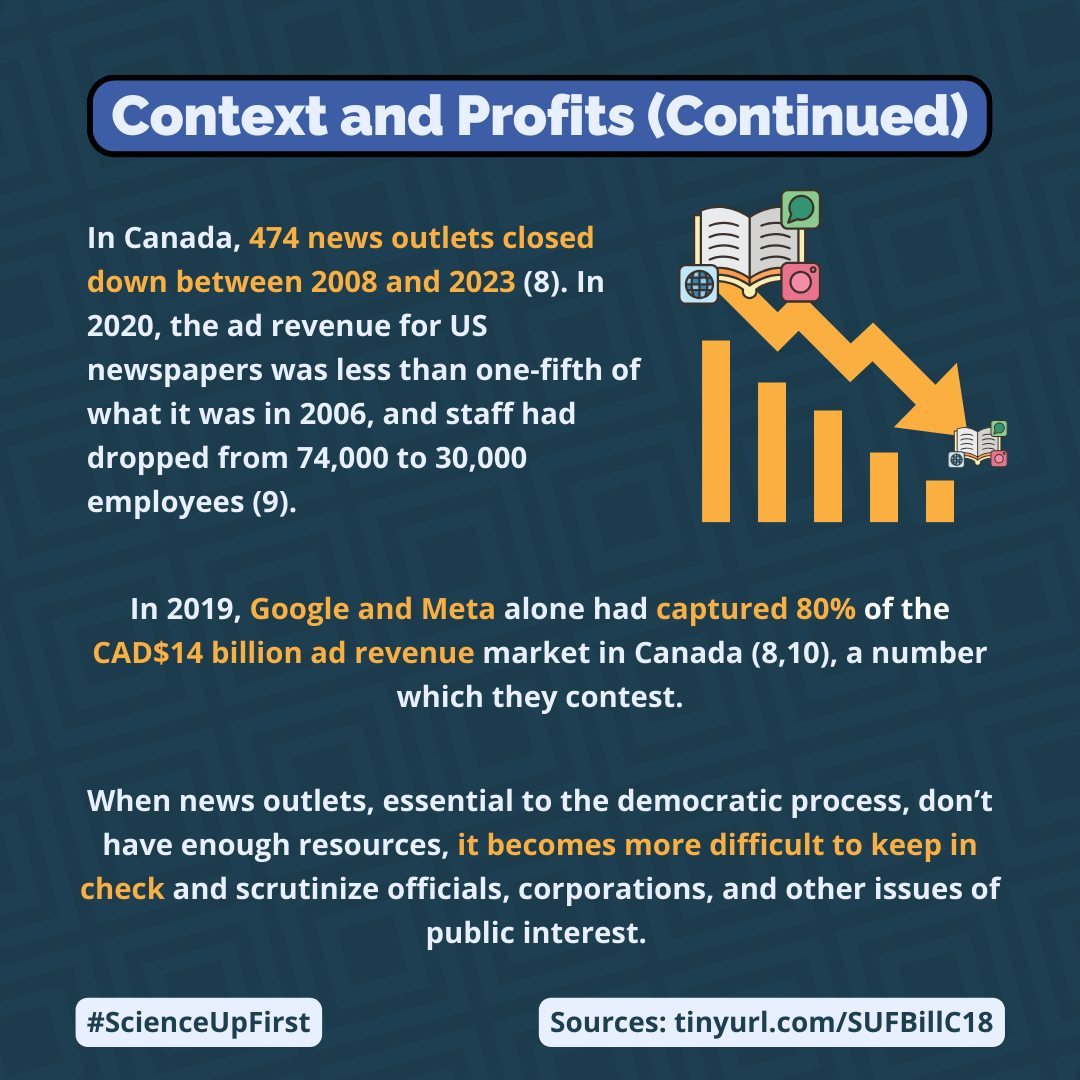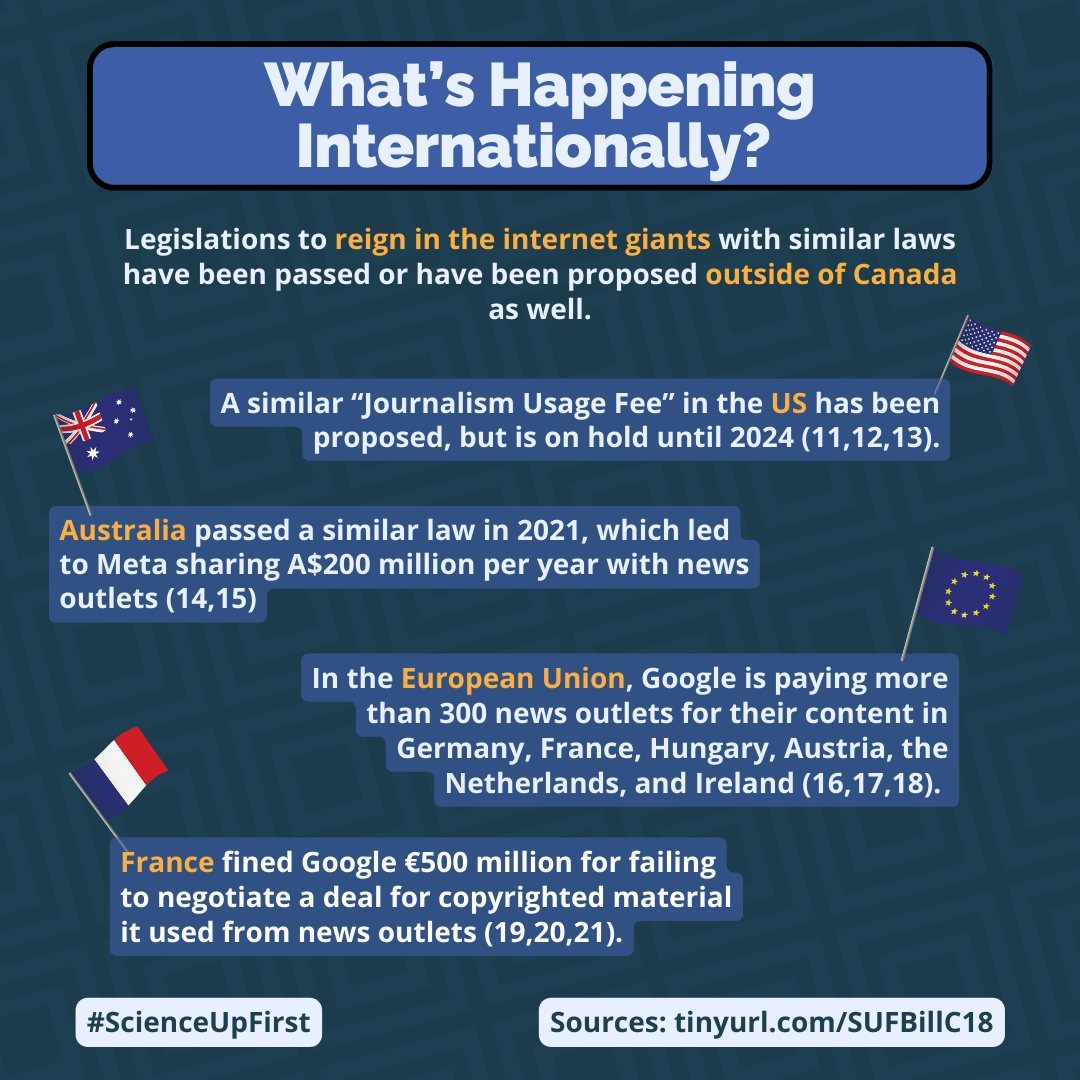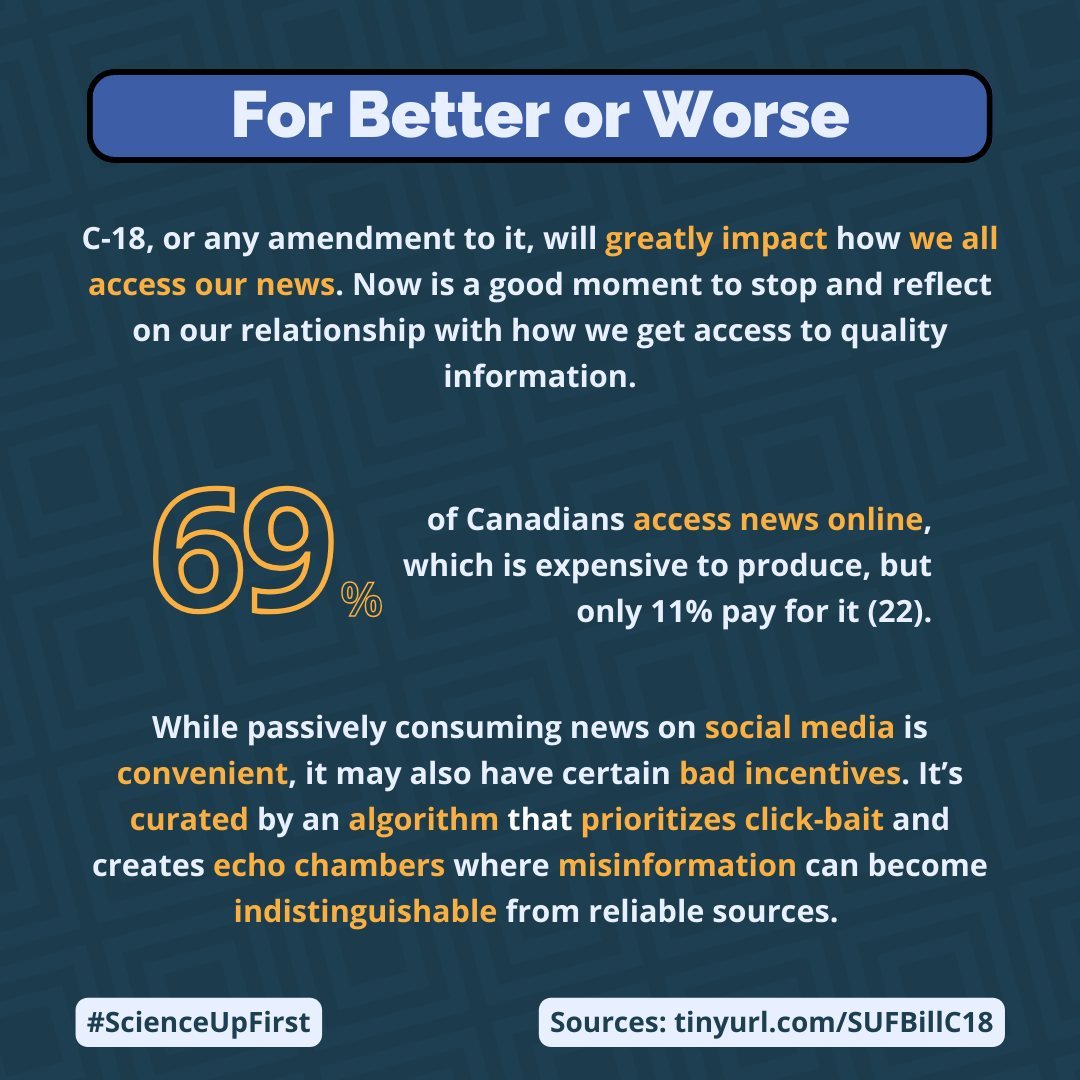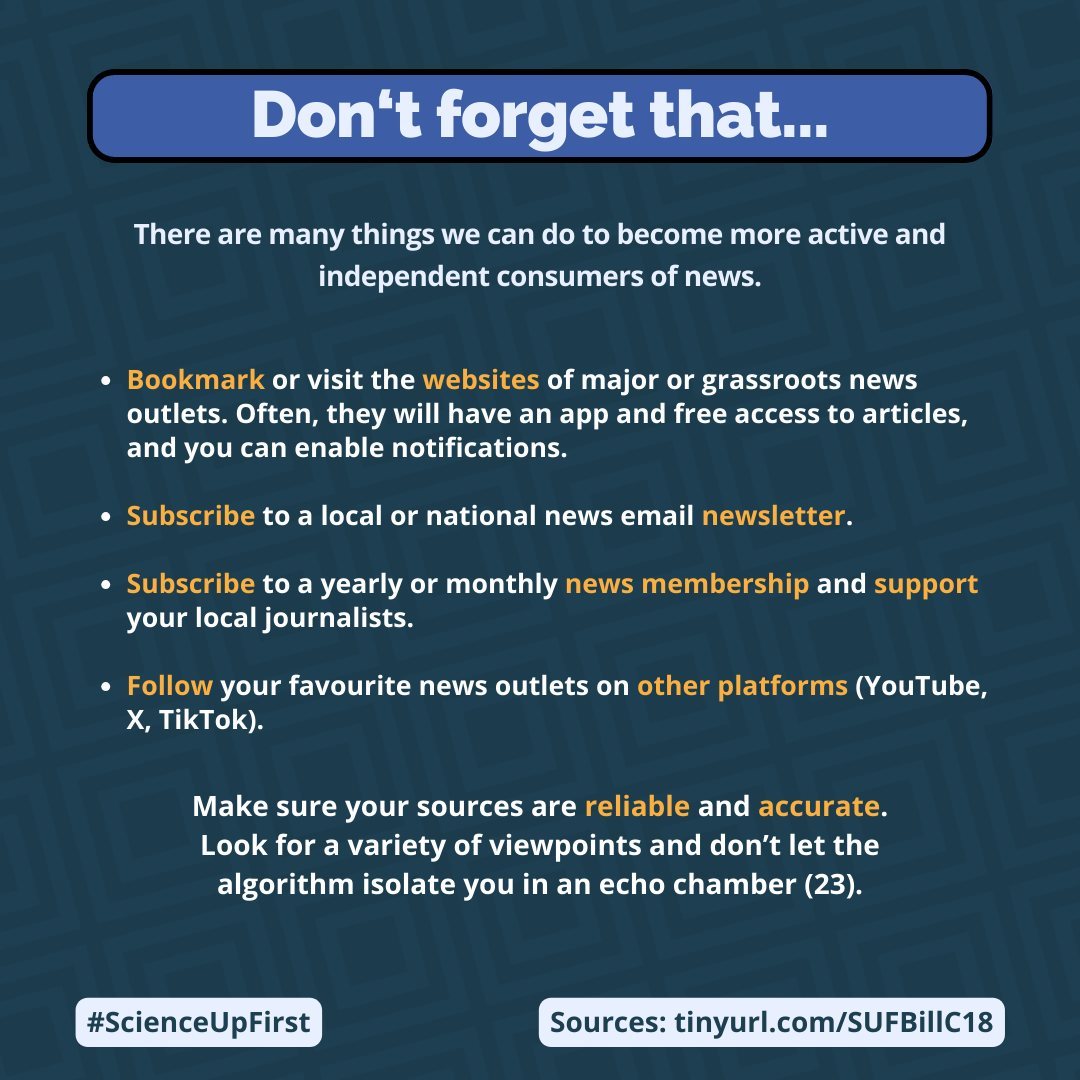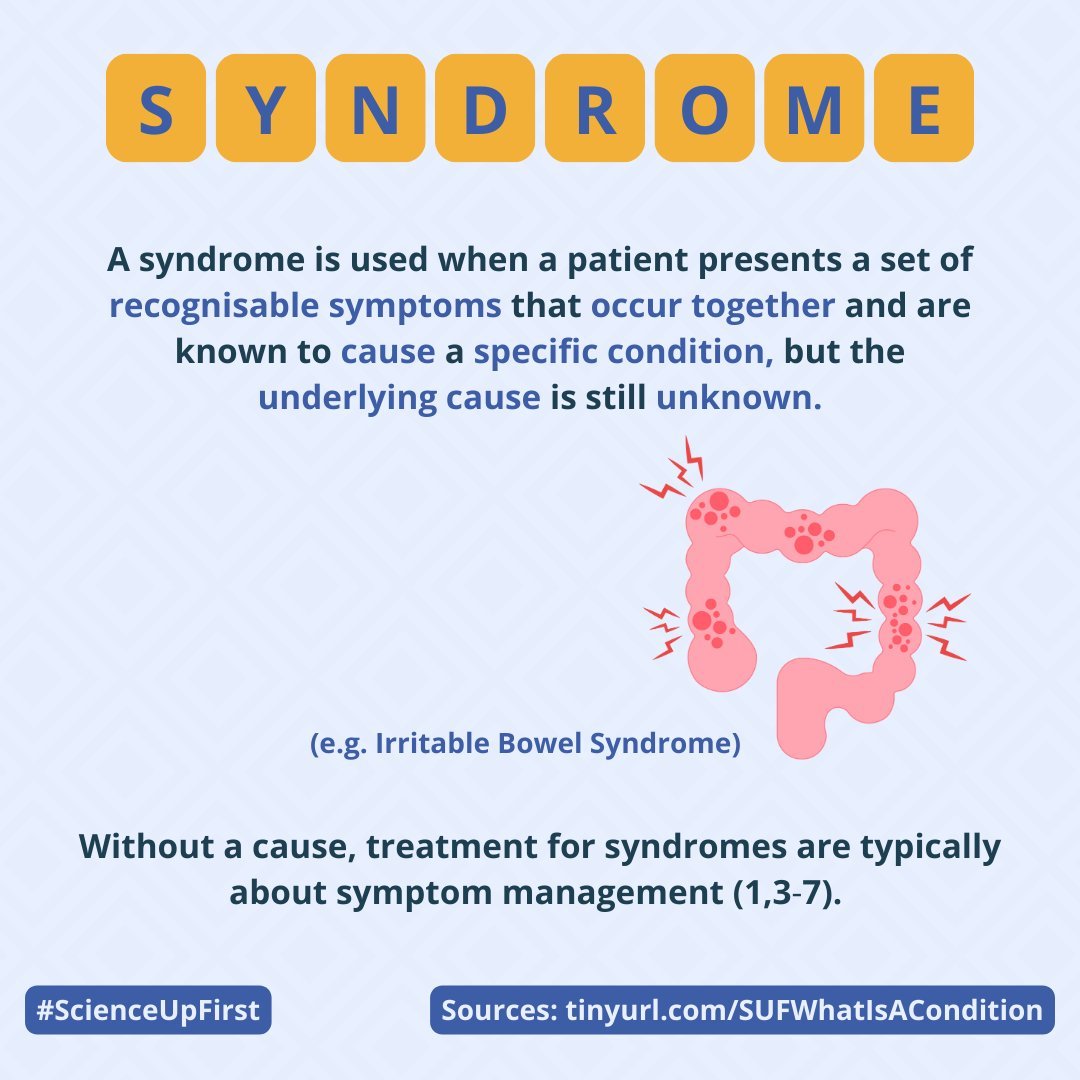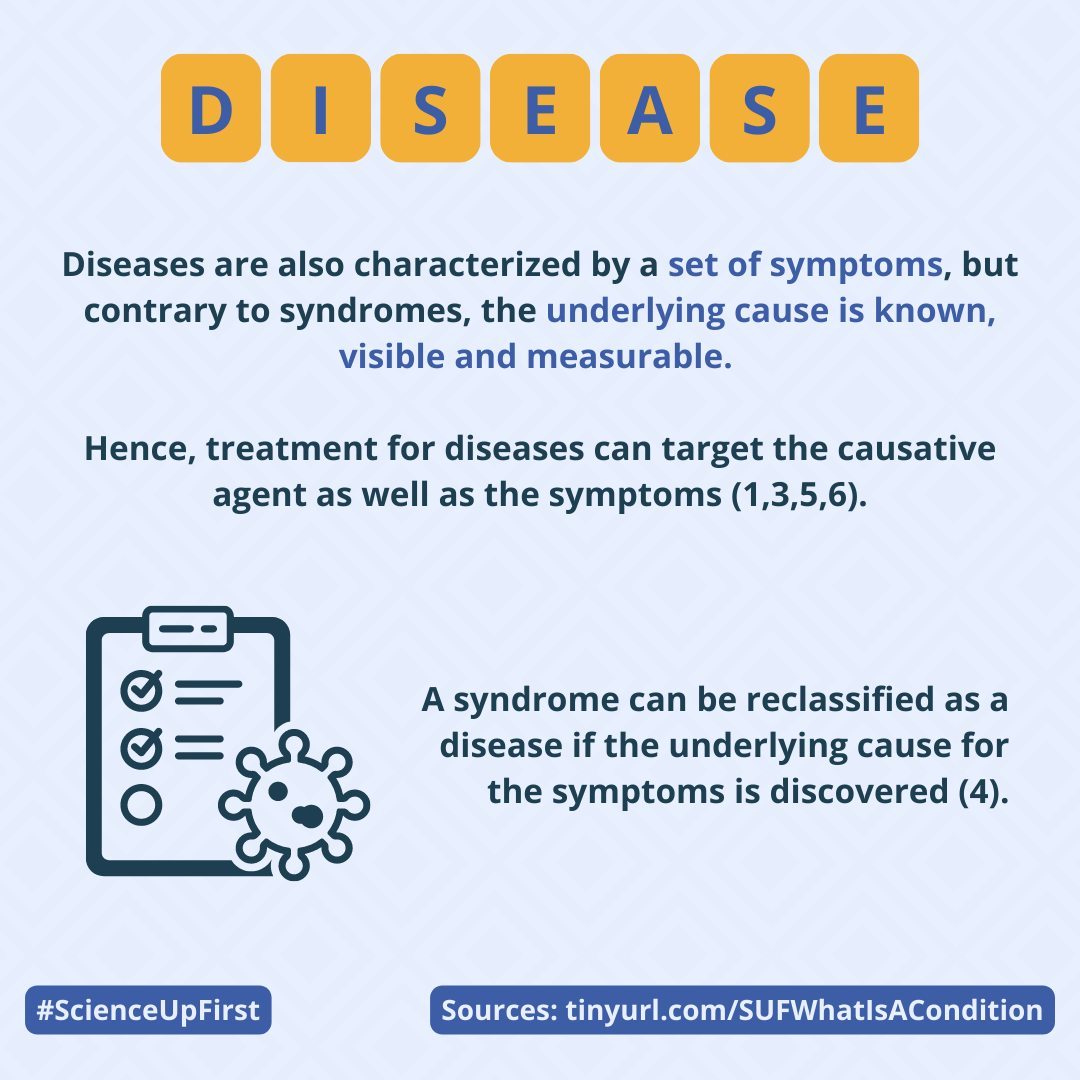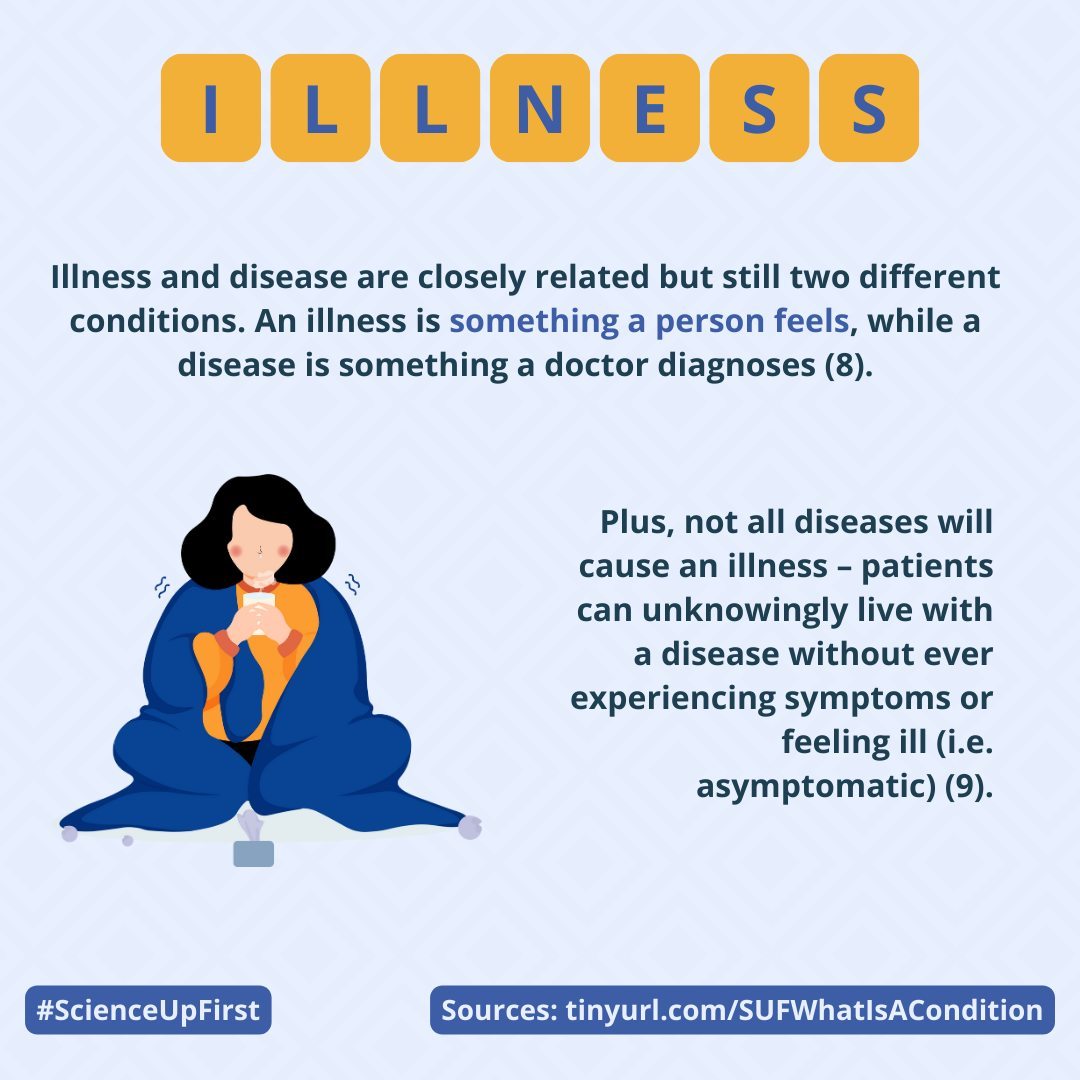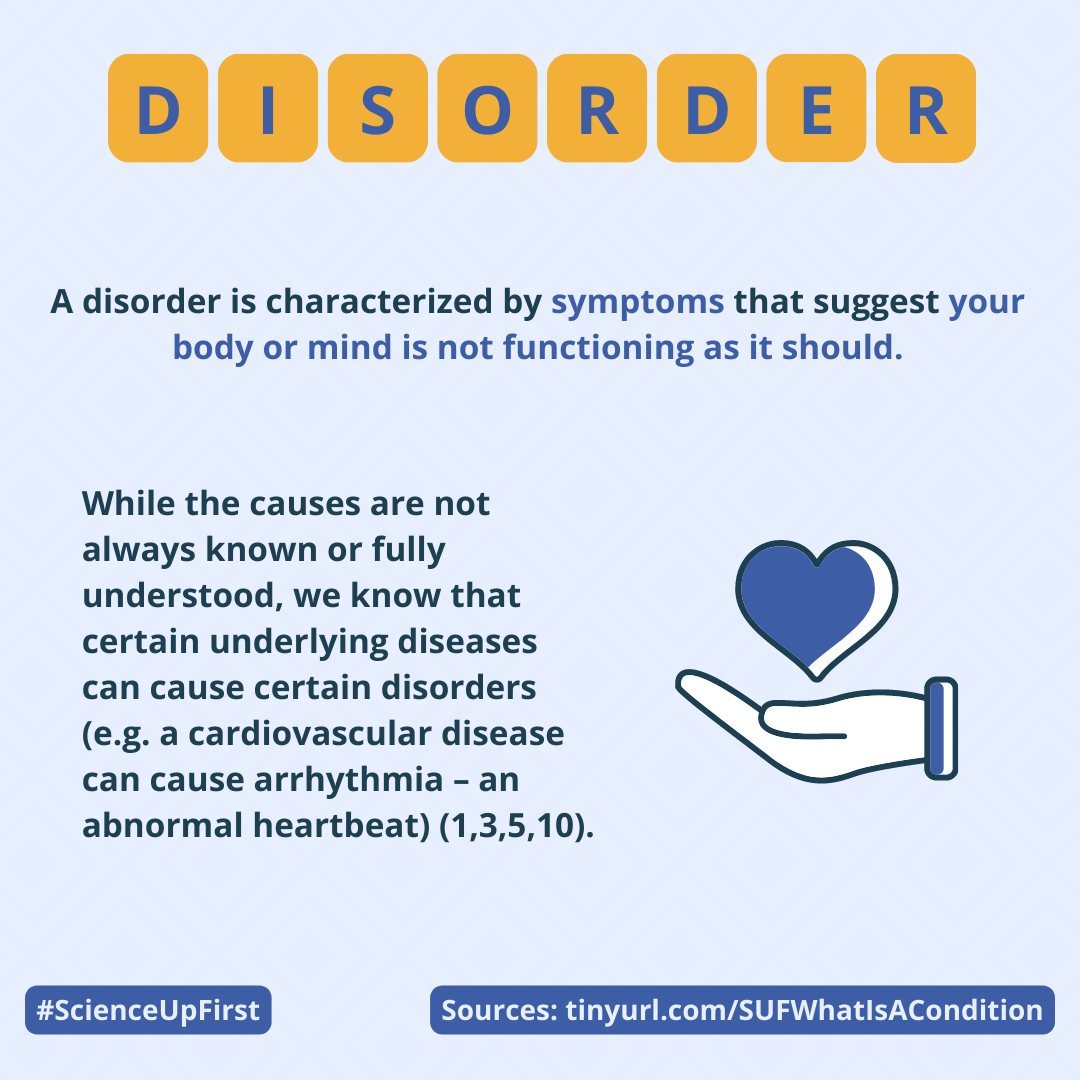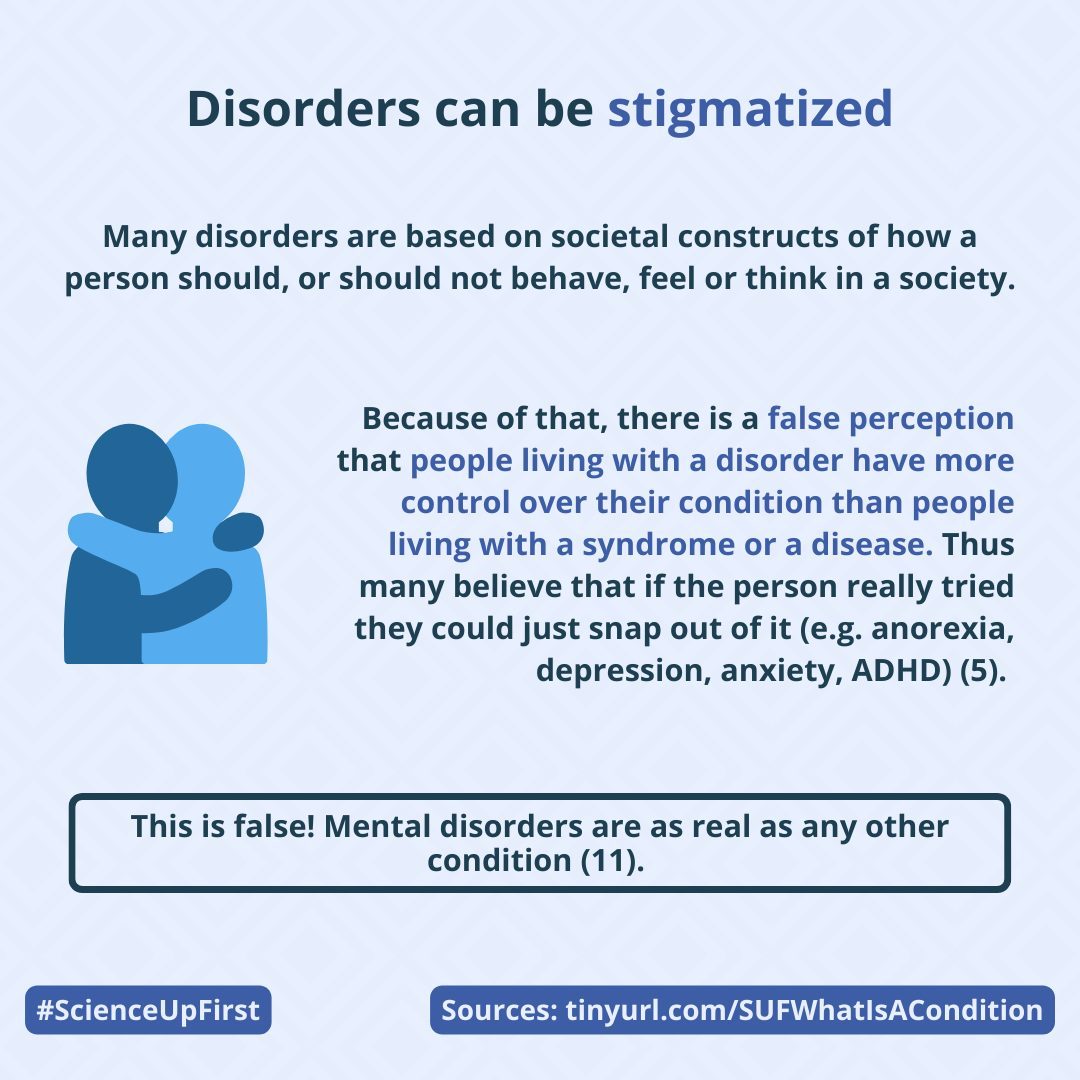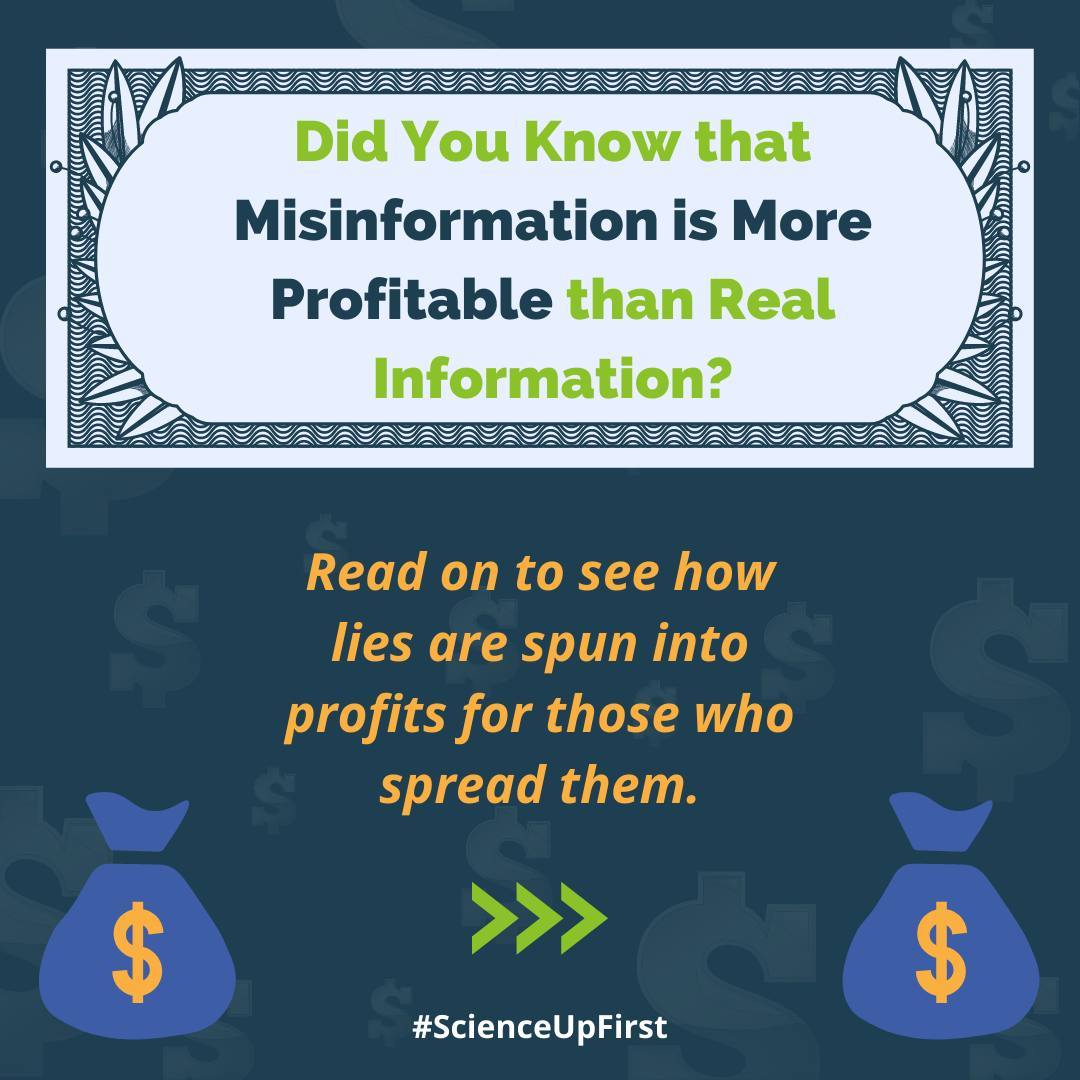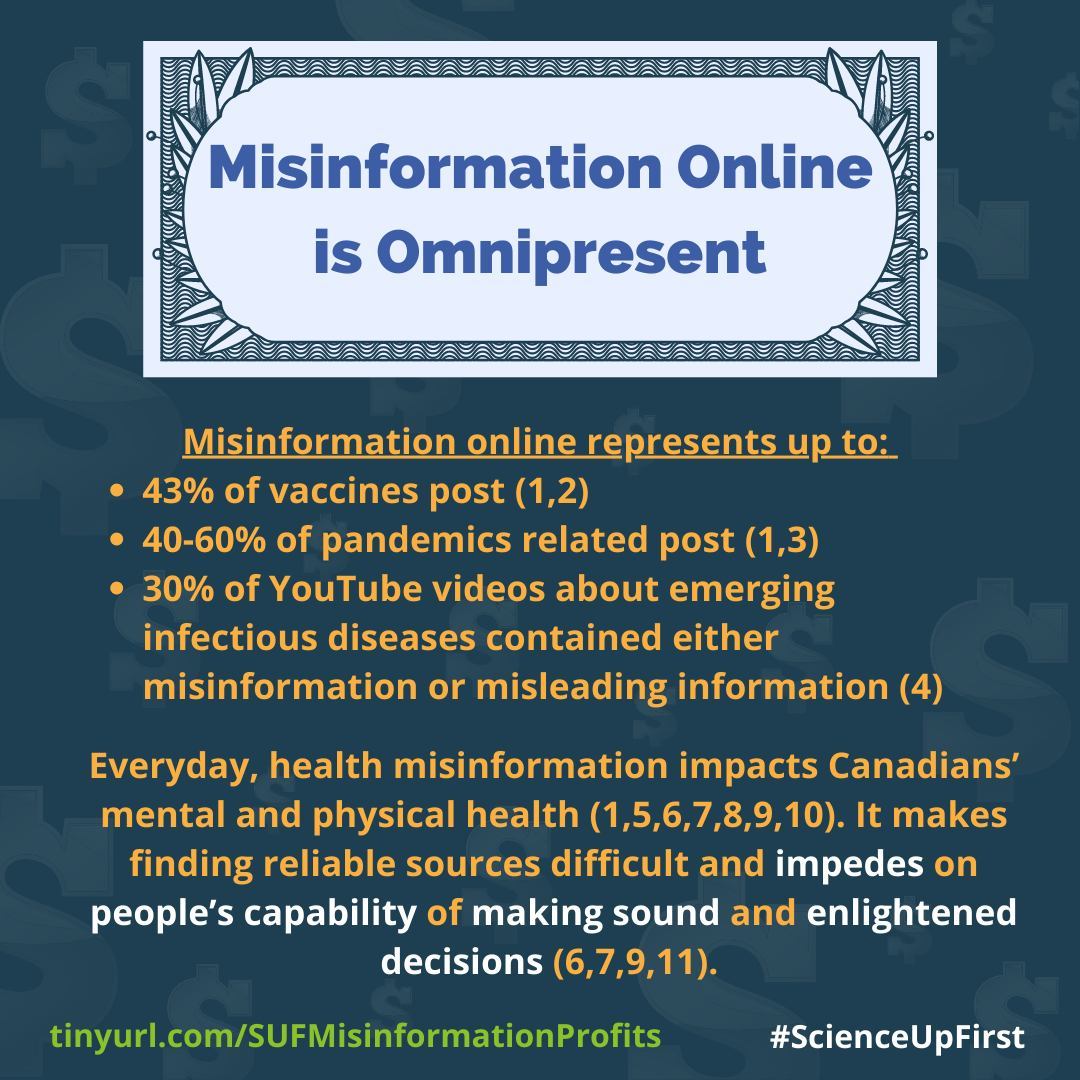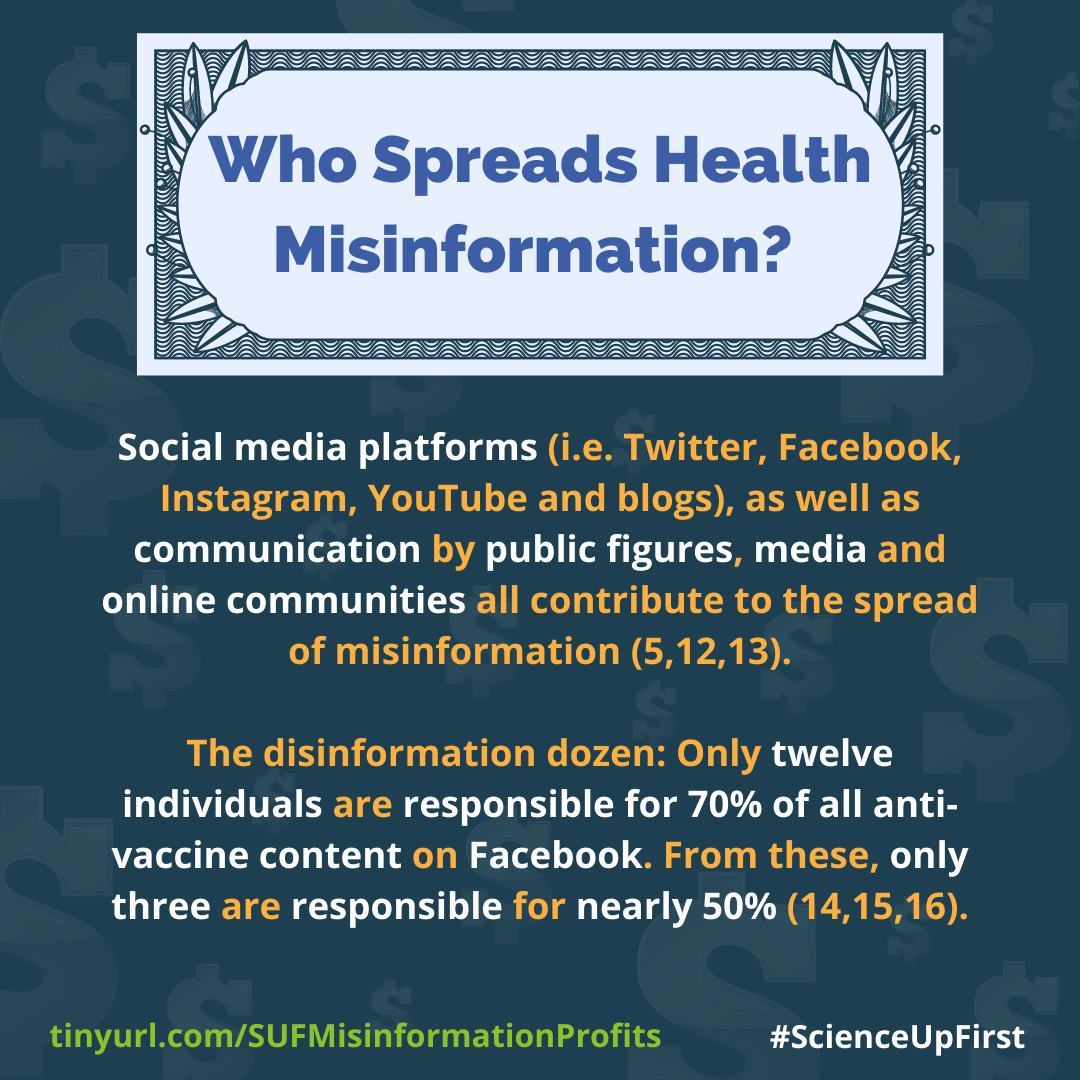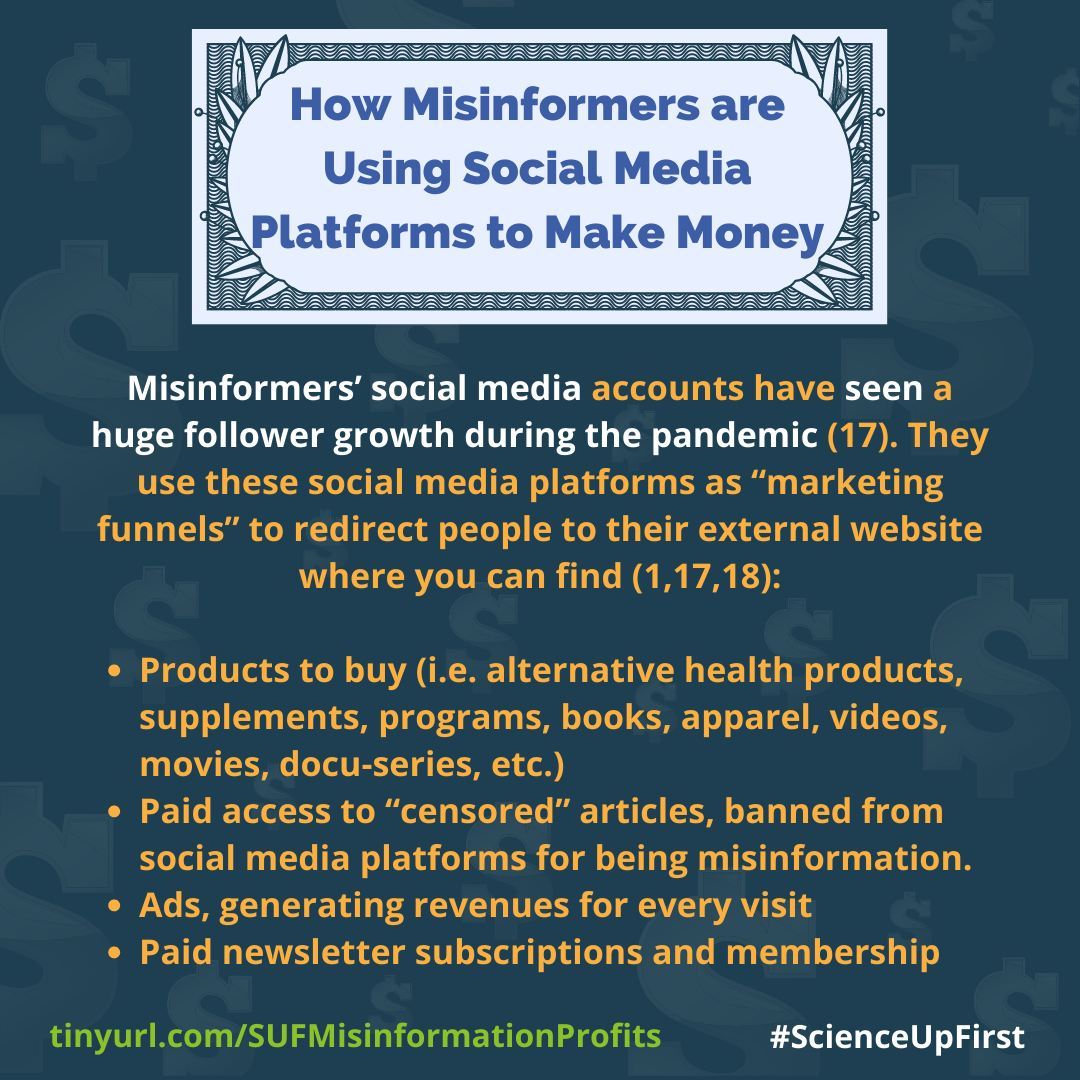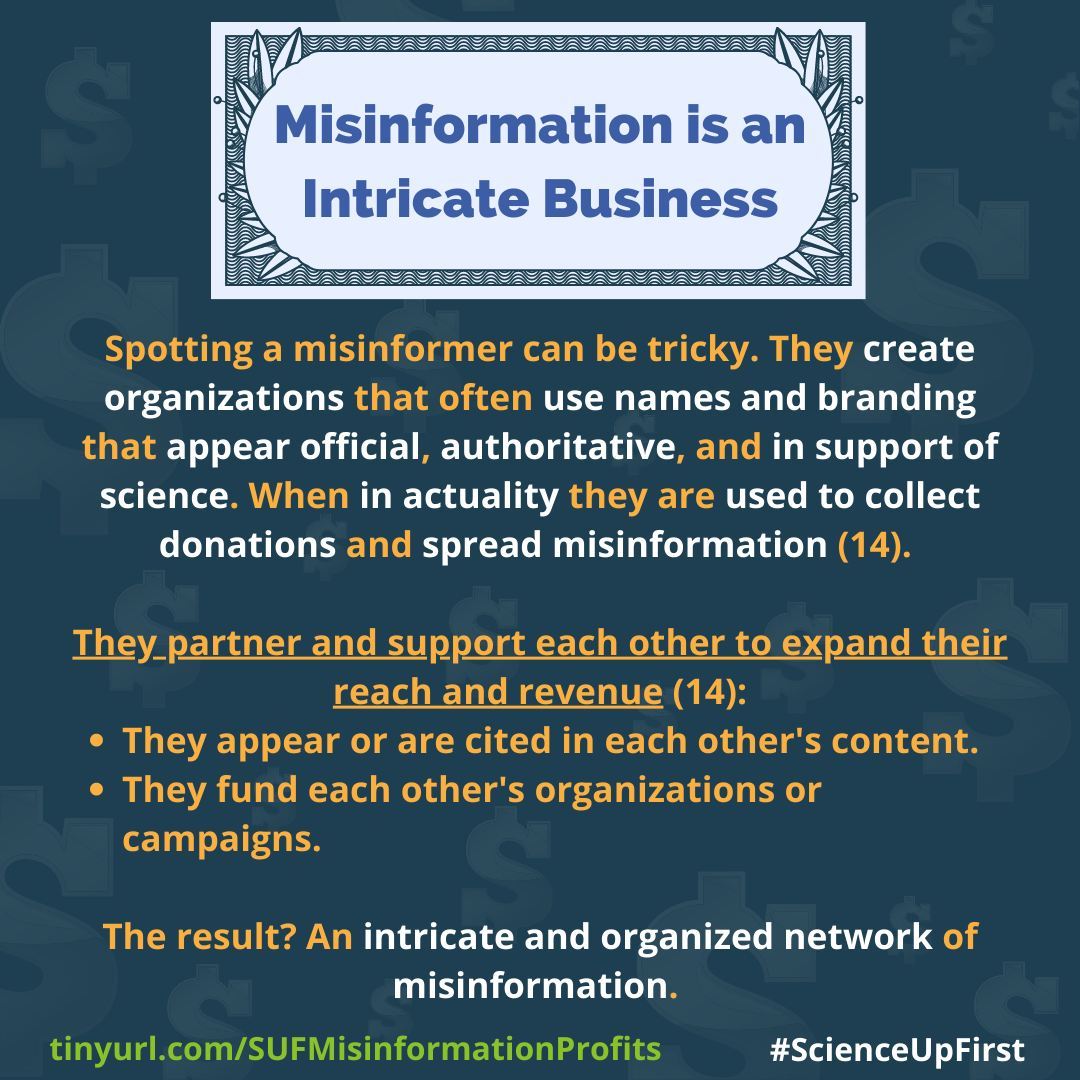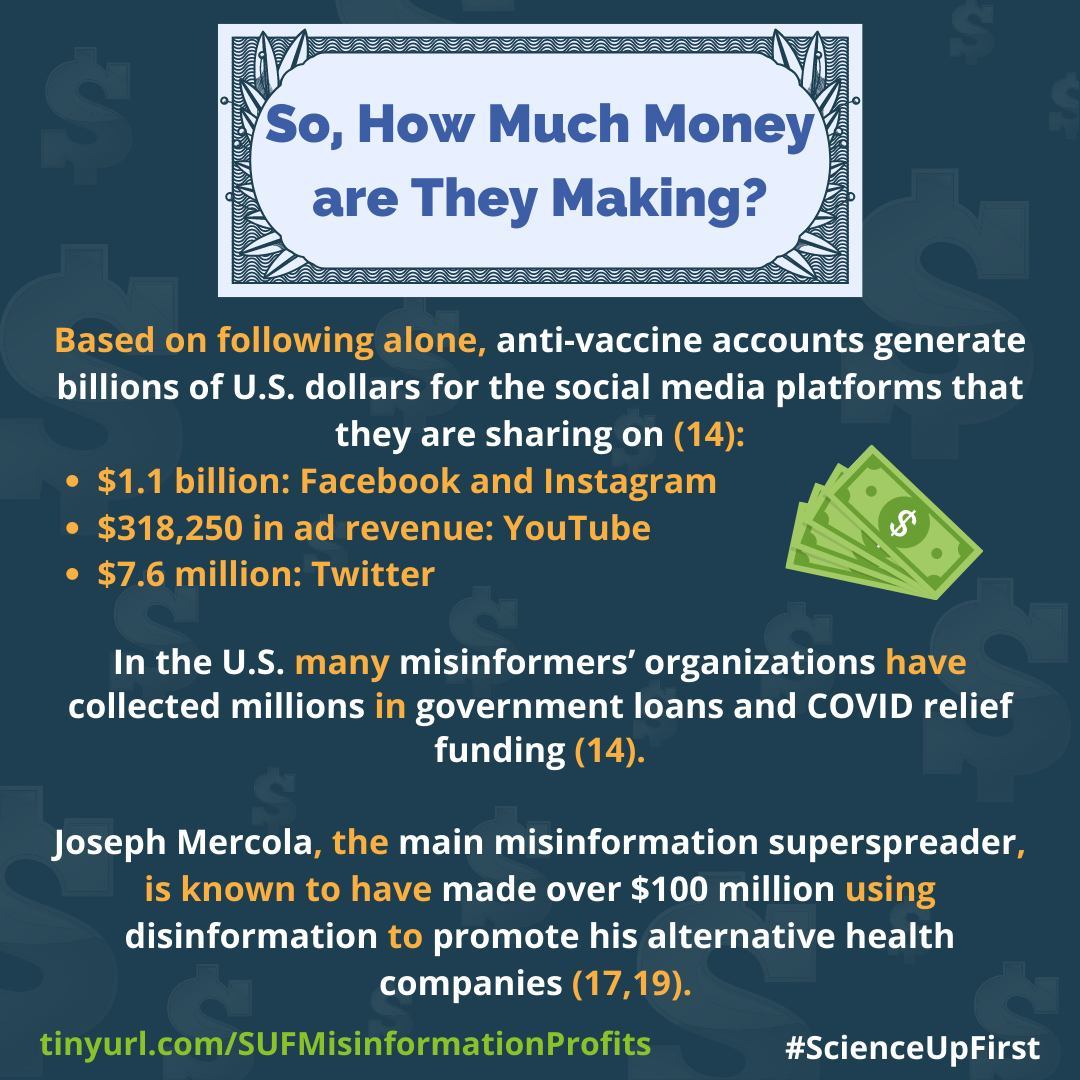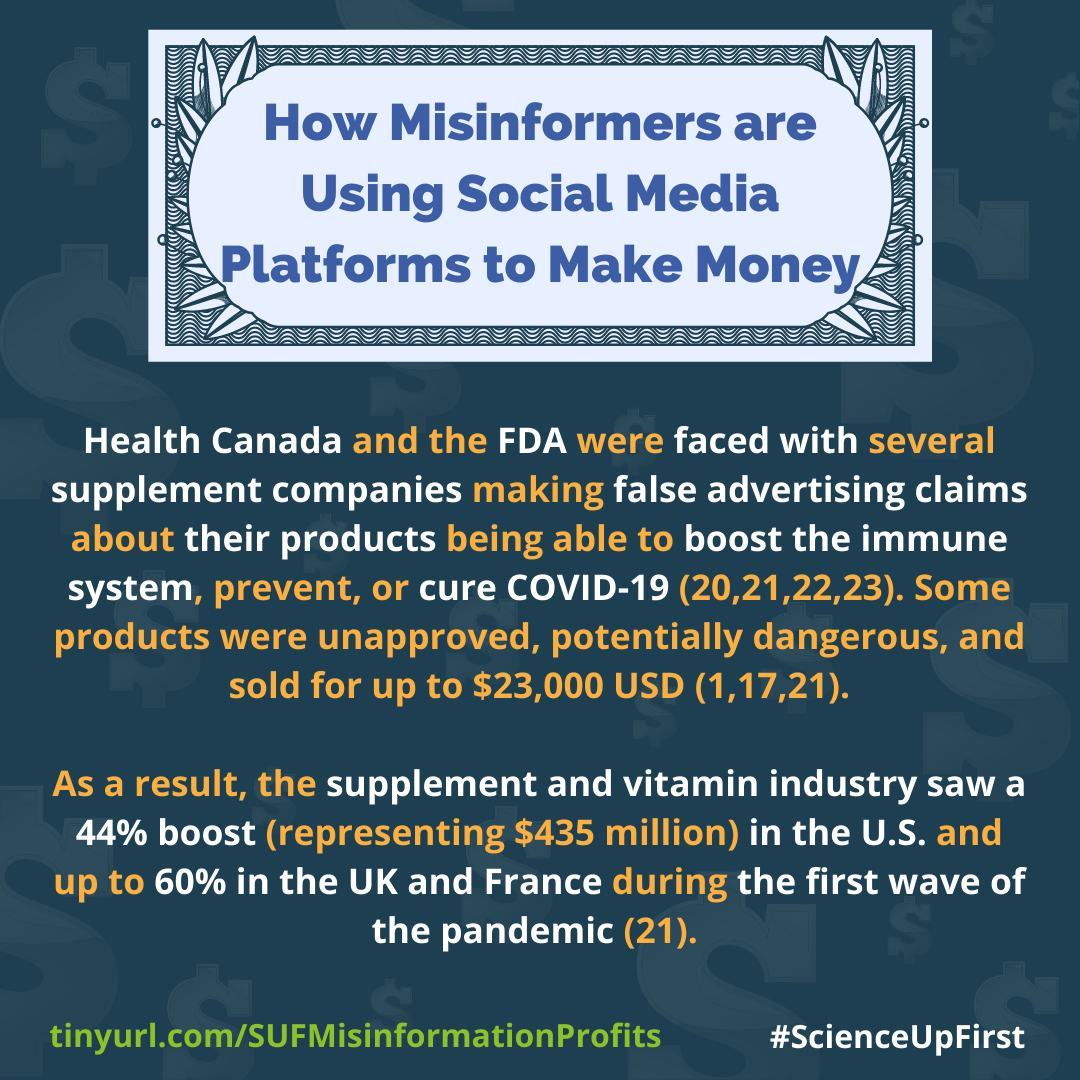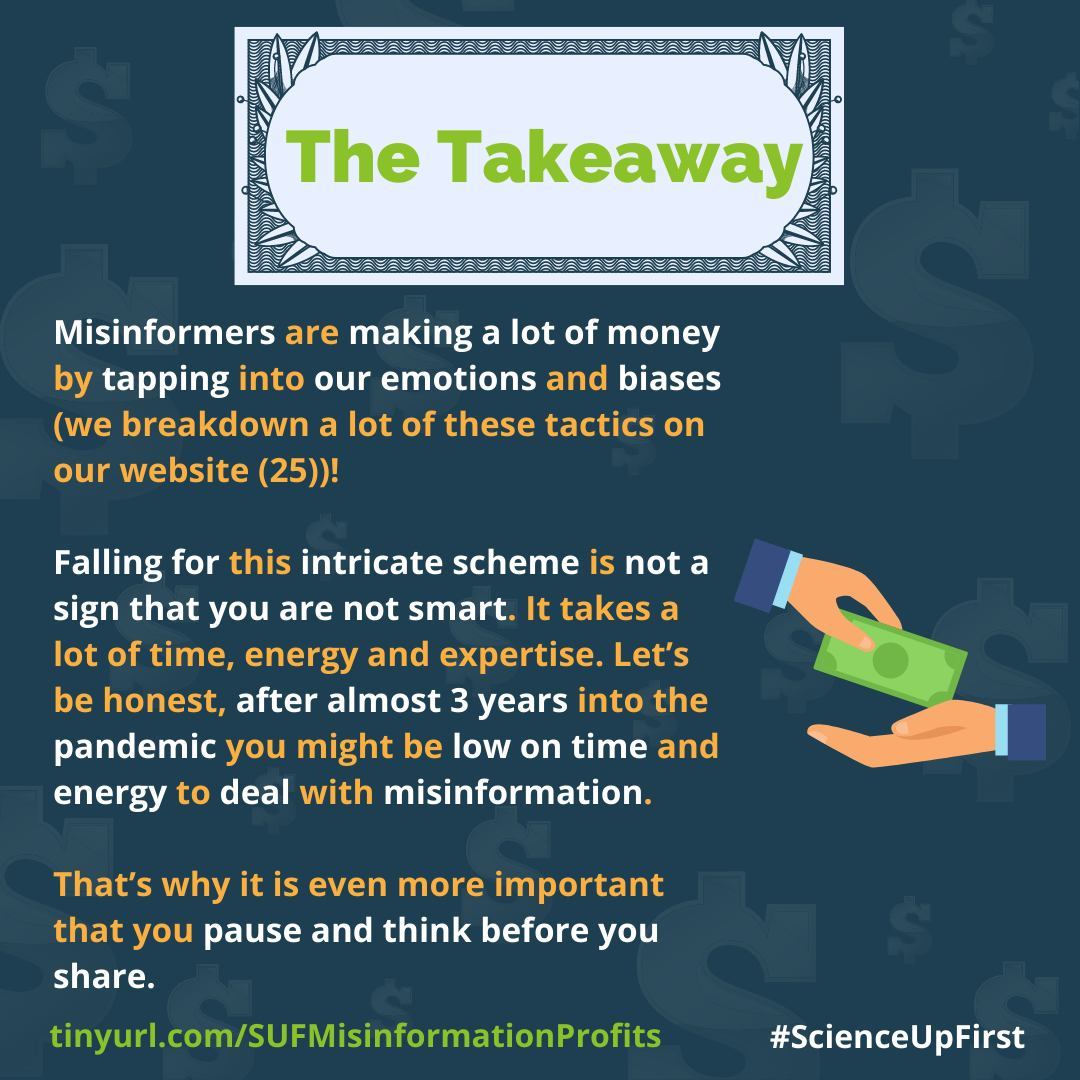






Have you ever been drawn into the realm of conspiracy theories? ️
These theories can be very compelling, and sometimes fun (ARE birds real?!), but conspiracy beliefs can also cause real harm.
Check out our crash course to learn more about what conspiracy theories are, why people believe them, and what we can do about them.
Share our original Tweet!
Have you ever been drawn into the realm of conspiracy theories? 👁️
— ScienceUpFirst | LaScienced'Abord (@ScienceUpFirst) January 26, 2024
Check out our crash course to learn more about what these theories are, why people believe them, and what we can do about them.
The truth is out there! And it's also at https://t.co/56P9pHuHca#ScienceUpFirst pic.twitter.com/ima0uYQxGB
View our original Instagram Post!
View this post on Instagram
- The Conspiracy Theory Handbook
- Shining a spotlight on the dangerous consequences of conspiracy theories
- Who Is Likely to Believe in Conspiracy Theories?
- Merchants of Doubt: How a handful of scientists obscured the truth on issues from tobacco smoke to global warming.
- From COVID-19 to alien contact, conspiracy theories are popular in Canada: survey
- Belief in conspiracy theories: Basic principles of an emerging research domain
- The Psychology of Conspiracy Theories

